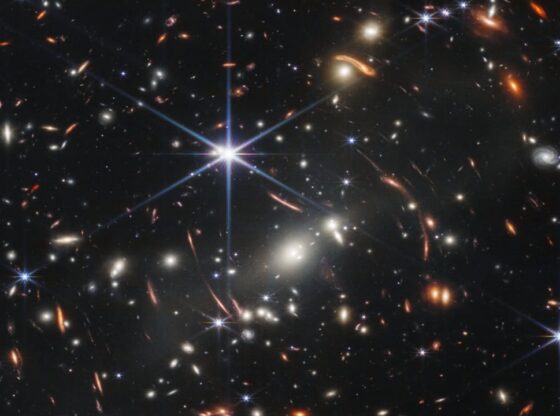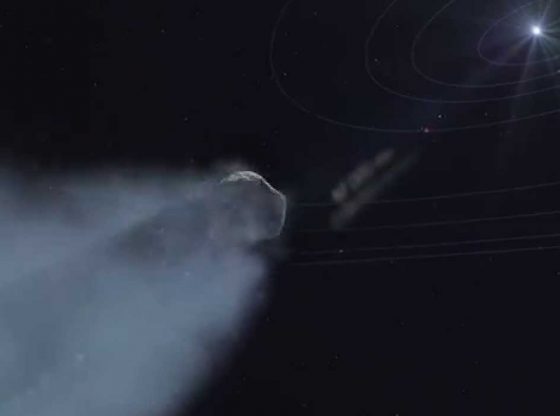
Ever since NASA’s Dawn spacecraft arrived at the dwarf planet Ceres a little over two years ago, a white spot on the planet’s northern hemisphere has puzzled scientists.
The crater with a diameter of almost 100 kilometers wider has been named the ‘Occator crater’. In the middle of this crater is a white bright area first believed to consist of salt.
Now, researchers at the Max Planck Institute have found evidence that the salt probably comes from the planet’s interior and is transported to the surface by volcanic eruptions that consist of ice, in so-called cryovolcanic activity. A cryovolcano is still a theoretical type of volcano that erupts volatiles such as water, ammonia or methane, instead of molten rock and Ceres could be our very first proof of their existence.
In September 2016, NASA JPL and NASA Goddard scientists released findings that large Ahuna Dome on Ceres is a “volcanic dome unlike any seen elsewhere in the solar system. [The large] mountain is likely volcanic in nature. Specifically, it would be a cryovolcano — a volcano that erupts a liquid made of volatiles such as water, instead of silicates. … the only known example of a cryovolcano that potentially formed from a salty mud mix, and that formed in the geologically recent past.”











![OpenAI. (2025). ChatGPT [Large language model]. https://chatgpt.com](https://www.illustratedcuriosity.com/files/media/55136/b1b0b614-5b72-486c-901d-ff244549d67a-350x260.webp)
![OpenAI. (2025). ChatGPT [Large language model]. https://chatgpt.com](https://www.illustratedcuriosity.com/files/media/55124/79bc18fa-f616-4951-856f-cc724ad5d497-350x260.webp)
![OpenAI. (2025). ChatGPT [Large language model]. https://chatgpt.com](https://www.illustratedcuriosity.com/files/media/55099/2638a982-b4de-4913-8a1c-1479df352bf3-350x260.webp)








